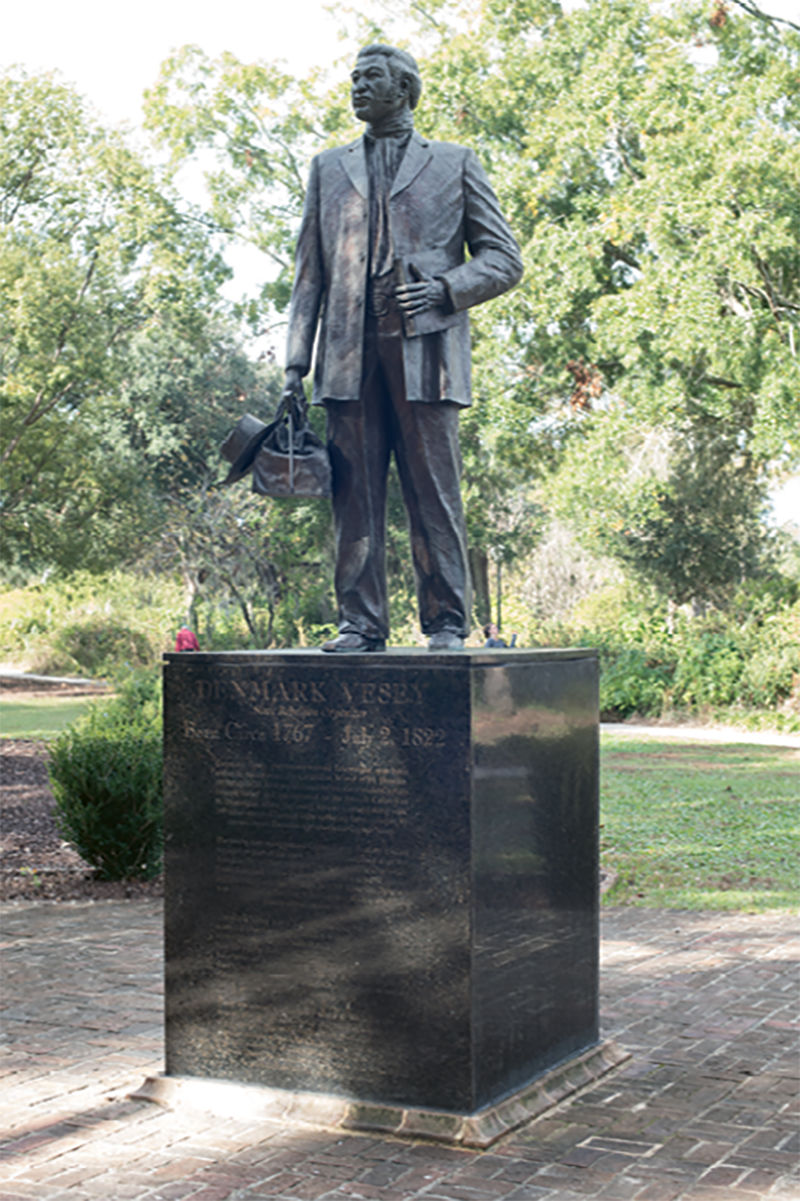How the day Vesey won his freedom changed the course of history

A monument honoring Denmark Vesey, the accused leader of an 1822 slave rebellion, was dedicated in Hampton Park in 2014.
On December 31, 1799, the last day of the 18th century, many Charlestonians, no doubt, wondered what the coming era would bring. They had no way of knowing that what would occur would change our city’s and nation’s history. It was the day Denmark Vesey became a free man.
Born into slavery in the Caribbean, circa 1767, and brought to Charleston after the Revolution, Vesey had won $1,500 in the East Bay lottery in November. For $600 paid to his owner, he was “manumitted [and] … released from servitude.” Vesey worked as a carpenter, was married, had children, and eventually joined the all-black African Church, whose meetings and activities worried white leaders.
By 1822, he had become one of the most feared and revered men in white and black circles, respectively. He was accused of planning an uprising to free all of Charleston’s enslaved people that, if successful, would have been the largest slave revolt in US history. Instead, word had leaked, and Vesey and 34 other black men were tried and hanged.
South Carolina immediately passed draconian laws, eventually illegally jailing any free black sailor who entered the port. Once leaders began to defy such constitutional issues, perhaps it was inevitable that South Carolina would secede from the Union, removing the state from the constitution’s authority entirely.
The resulting Civil War brought freedom to millions of enslaved people. Today, a statue to Vesey stands in Hampton Park, not far from the Grove Plantation where he walked out free, on the last day of the 18th century.